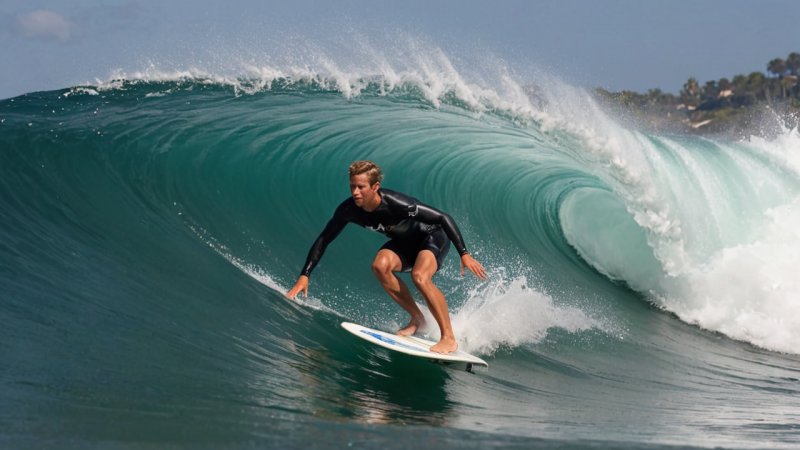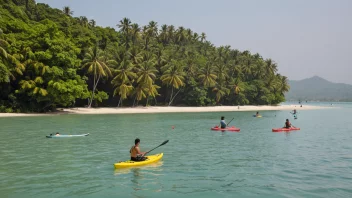Surfing is an exhilarating sport that connects athletes with the ocean in unique ways. Understanding the impact of ocean waves on surfing performance is crucial for surfers aiming to maximize their skills and safety. Here are the top ten ways ocean waves influence your surfing experience and performance.
1. Wave Height
Wave height plays a significant role in surfing performance. Taller waves often provide more challenging rides, allowing for advanced maneuvers. Surfers must adjust their techniques based on the height of the waves to maintain control and execute tricks effectively.
2. Wave Frequency
The frequency of waves affects how often surfers can catch rides. Higher frequency means more waves in a shorter period, allowing surfers to practice and improve their skills. Understanding the timing of breaks can lead to better wave selection.
3. Wave Shape
Different types of waves (e.g., beach breaks, point breaks) offer unique challenges. Surfing on a steep, hollow wave differs significantly from riding a rolling wave. Adapting to various wave shapes is essential for enhancing performance and mastering different styles.
4. Wind Conditions
Wind can greatly alter wave quality. Onshore winds tend to create choppy, less favorable conditions, while offshore winds help form clean, well-shaped waves. Surfers should always check wind conditions before heading out to ensure optimal surfing experiences.
5. Tides
Tide levels can dramatically affect wave size and shape. Certain breaks work better at low tide or high tide. Knowing the best tide conditions for your favorite surf spots can lead to improved performance and more enjoyable surfing.
6. Ocean Currents
Ocean currents can impact your paddle out and ride. Strong currents may require additional energy to reach the lineup, while they can also assist with rides, giving surfers an extra push. Being aware of currents allows for better positioning and wave selection.
7. Board Selection
The type of surfboard you use can influence how well you perform in various wave conditions. A shorter board may perform better on steep, fast waves, while a longer board can provide stability on smaller swells. Choosing the right board for the conditions is key to optimizing performance.
8. Safety Equipment
Using safety equipment like leashes and impact vests can enhance safety during challenging surf conditions. These tools not only protect the surfer but also allow for more aggressive surfing without the fear of losing your board or sustaining injuries.
9. Surfing Technique
Adapting your technique based on wave conditions is essential for maximizing performance. Techniques such as bottom turns, cutbacks, and aerials should be modified depending on the type of wave you are riding, ensuring you can handle the challenges presented by each wave.
10. Mental Preparation
The psychological aspect of surfing should not be overlooked. Understanding the ocean's dynamics and waves can build confidence and reduce anxiety. Mental preparedness allows surfers to focus better on their performance and enjoy the experience more fully.
In summary, ocean waves have a profound impact on surfing performance. By understanding factors such as wave height, shape, frequency, and related conditions, surfers can enhance their skills while prioritizing safety. Always remember to stay aware of your environment and practice techniques that align with the waves you encounter.






